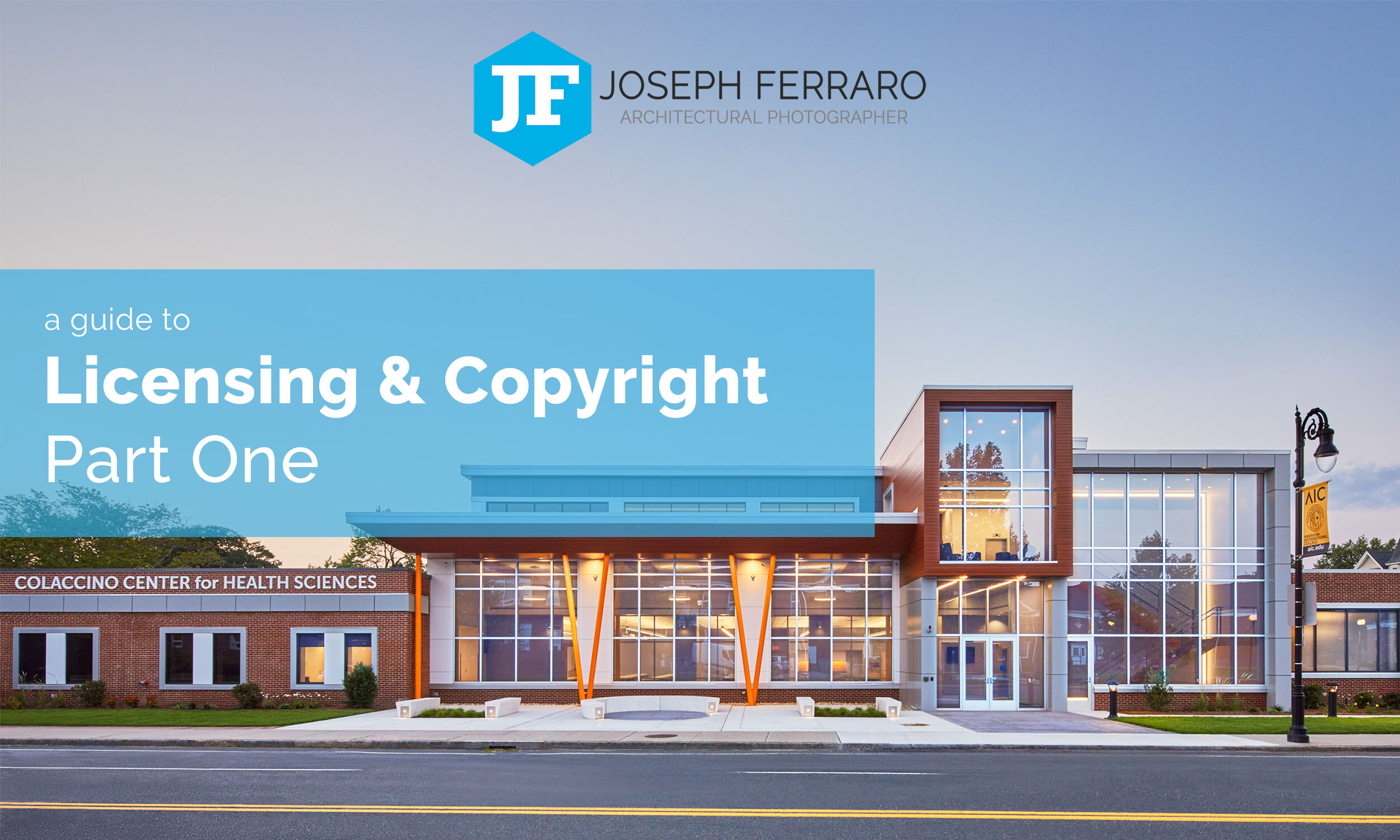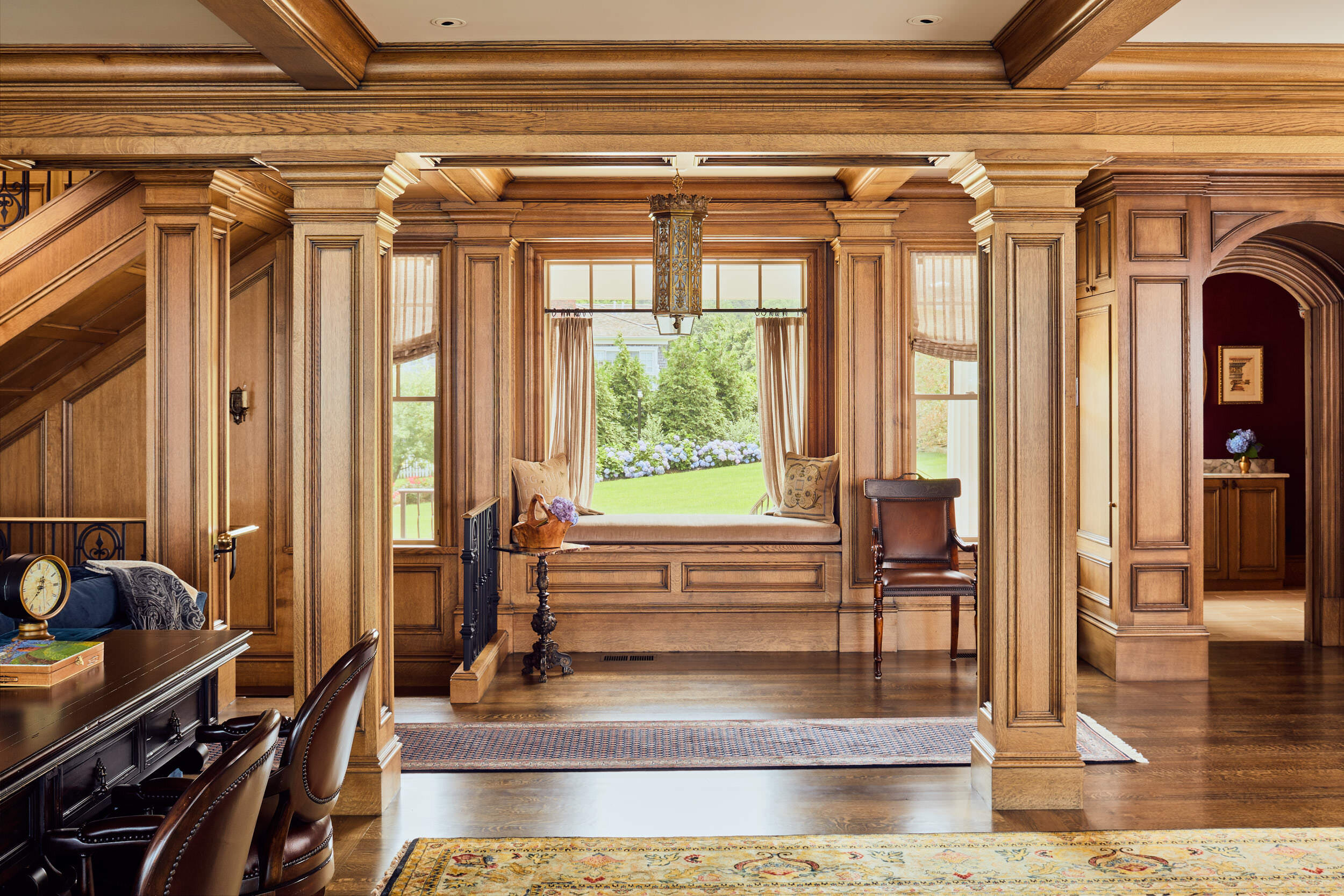By design, operating as a freelance photographer means running a small business. Though there are many places for photographers to learn their craft, there are far fewer places to learn the business side of their venture. Focusing solely on their art, a photographer may miscalculate how valuable their images are and lose out on revenue, resulting in placing unnecessary strain on their businesses. Supporting the sharing of information can only improve photographer-client relationships and strengthen business strategies that sustain viable revenue streams and support all of us in the business of commercial photography.
Originally posted as an article on BLDUP.com, 4/8/2020
Licensing 101
In my previous article, Best Practices: Exterior Photography, I mention that after the planning and the building of a project is complete, it's time to document the work of all involved. Creating marketable images to share with your current and prospective clients is the final part of the build process (besides those never-ending punch lists). Hiring the right photographer for the job will result in photographs that will aid in future proposals and generate sales.
It's those sales that photographers should be most interested in generating for their clients. If a company uses photographs to promote their services through marketing, whether they pay for advertising or post on social media for free, those photographs are generating potential income. Photographers can improve the viability of their business by licensing their work to clients for commercial, promotional use.
How it Works
A photographer creates a work of intellectual property once they compose an image and press the shutter. Like other creative arts, copyright laws protect the work photographers create and therefore provides a means for a photographer to generate income from licensing usage rights for images to their clients.
Licensing is an agreement to issue a copy of the work generated by photographers in exchange for a royalty fee, granting the licensee the right to use the photography in ways defined by the photographer, for the length of time allowed by the agreement.
The Life of an Image
Current thought is that a photograph has a marketable lifespan of maybe a few years. It's been my experience that architectural firms can find a use for decade-old images if it helps illustrate a design concept to a potential client. So, in some licensing agreements, you may see licensing terms issued for as short as one year or as indefinite, perpetual use. Photographers who offer stricter terms may perceive a higher value for their work and expect a broader potential for future revenue by asking their clients to return year after year for a new license.
It has also become acceptable to issue a perpetual usage license that may price higher now but won't require the licensee to return to pay for more licensing when they need to use the image three or ten years from now. Either way, how a photographer licenses their work should be a reflection of their business strategy and their knowledge of their clients' market share and a project's potential to generate their client's revenue.
Commercial Use of Photography
What a photographer perceives their work is worth is an age-old discussion that will vary by market, expertise, business structure, and most clearly confidence in their work. There are no clear standards in the way photographers price or grant terms for the use of their images. Some photographers combine licensing fees with their photography fees for each assignment, calling them "Creative Fees," so seeing a clear price per unit is not generally possible. And, other photographers bill their clients per image for usage rights.
What a photographer considers in pricing their work should include factors that separate them from the pack with value-added services. Such distinctions could consist of implementing more advanced camera technologies, showcasing more years of service as compared to their competitors, or by providing more efficient services than their competitors. Also, a photographer's locale and general knowledge of how their competitors price their work will indicate the market value of images. By maintaining a sustainable business model, a photographer can predictably work for the same clients year after year and create a protected habitat for their competitors.
A Dedicated Approach
As my business grows, I have more assignments that now include multiple parties buying-in on projects from the start. By combining my fees into a Creative Fee and granting generous licensing terms, I can more easily distribute costs between all parties buying-in on a shoot and make the administrative end of my business streamlined and more uncomplicated for everyone involved.
I've included a copy of my estimate paperwork, providing a look at my licensing terms for my clients in the Boston area. Please have a look through my paperwork, as I believe transparency only helps my industry and can make my processes clearer to my future clients. If you have any questions, please don't hesitate to reach out by emailing me at hello@josephferraro.com or calling 617-335-8925.
Stay tuned for Part Two of this topic, where I'll cover Copyright and how I enforce my licensing agreements with my clients and protect my business.
Attachment: Assignment Estimate



